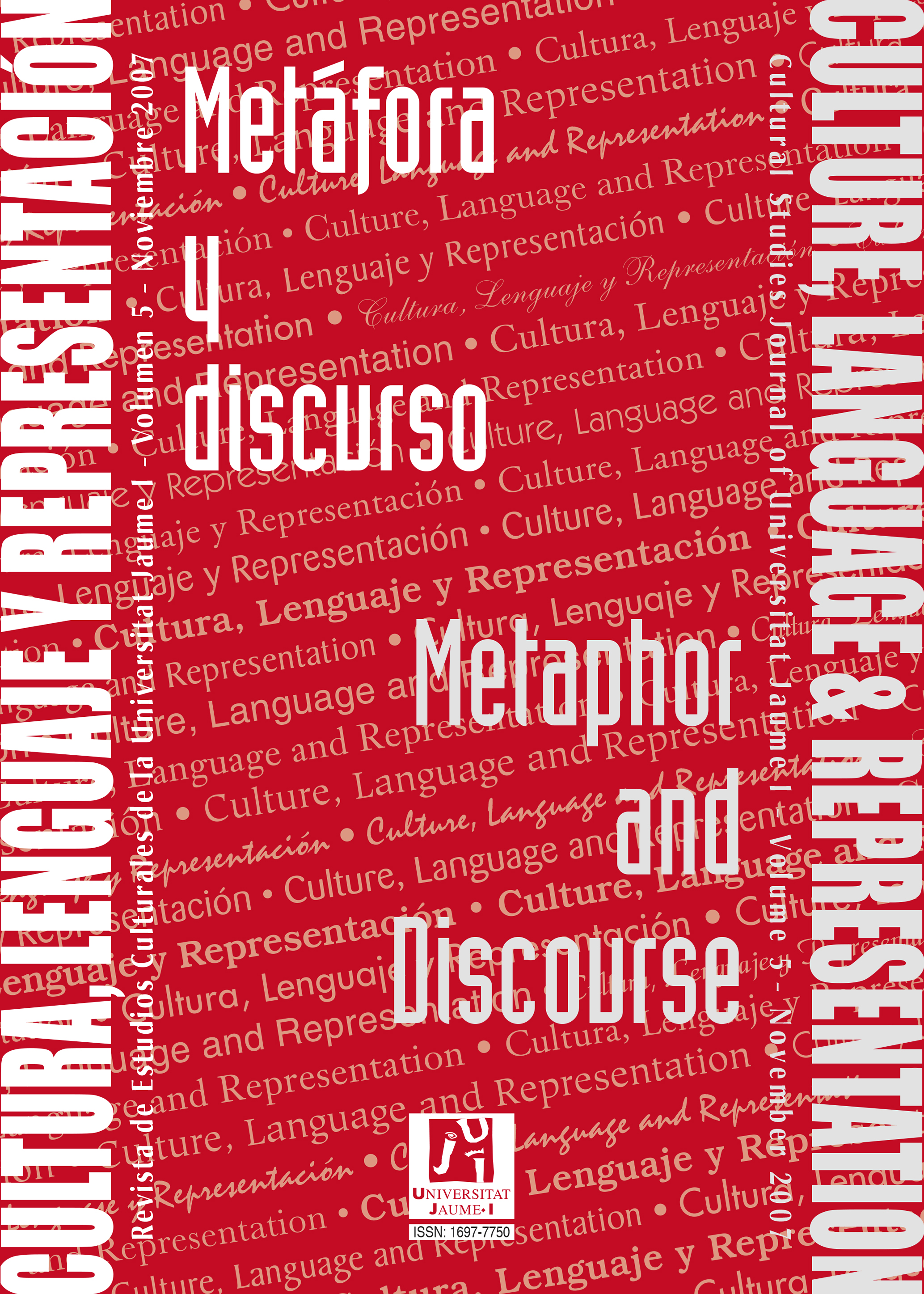Two Levels of Blending with Homophonic Compounds in Japanese
Main Article Content
Abstract
This study states that discourse serves as a crucial factor for a precise understanding of Japanese puns i.e. a word play with homophones, and argues that the double meanings of a pun can be processed at the lexical/phonological level and the discourse level in this order. Homophonic compounds provide speakers of Japanese with a chance to create newly derived meanings from an unexpected use of a given homophonic compound; however, such derived meanings blend right in with the immediate discourse. Such information processing in mind and discourse can be accounted for by Blending Theory (Fauconnier, 1997).
Downloads
Article Details
An open-access CREATIVE COMMONS copyright license is used. Those authors whose works are published by this journal, accept the following terms:
- Authors will retain their copyright and guarantee the Journal the right to first publish their work, which will simultaneously be subject to the Creative Commons Recognition License CC BY SA that allows third parties to share the work, provided that its author and first publication is indicated.
- Authors may adopt other non-exclusive license agreements for the distribution of the published version of the work (e.g., deposit it in an institutional telematics file or publish it in a monographic volume) provided that the initial publication in this journal is indicated.
- Authors are allowed and recommended to disseminate their work over the Internet (e.g. in institutional telematics files or on their website) before and during the submission process, which can produce interesting exchanges and increase quotes of the published work.


